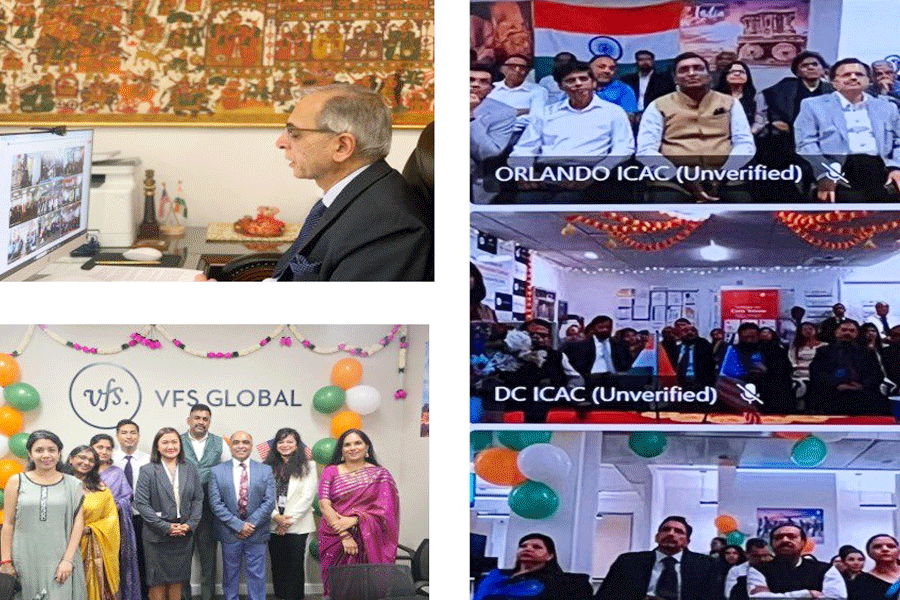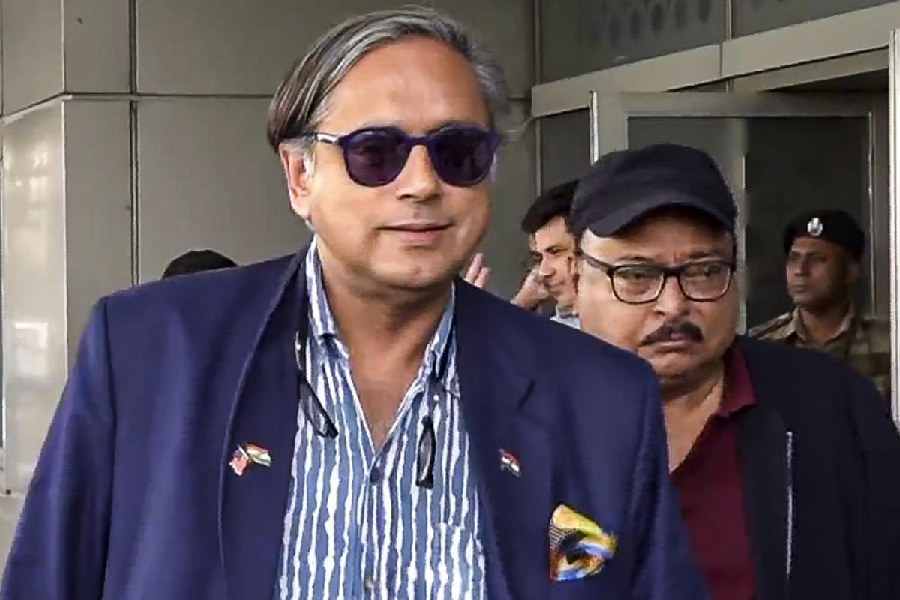Snagov (Romania) April 7 (Reuters): “Some blood on the house,” says the waitress at Bucharest’s Club Count Dracula restaurant and puts a red coloured drink on the table.
Guests dine on deep-fried rat — chicken shaped like a large rodent — while an actor playing the bloodthirsty vampire waves his black cape among the tables and sometimes bites a willing victim’s neck.
Such gore is only a glimpse of what's in store when Romania constructs a Disneyland-style Dracula Park at Snagov, north of the capital, hoping to attract a million visitors a year.
Horror rides, catacombs and a vampirology institute are included in the plans for the $30 million theme park which will be built on 740 acres of state land with private funds in an effort to lure tourists to the poor Balkan country.
“It’s an original, non-conventional, even shocking project,” Romania’s tourism minister Dan Matei Agathon said. “I want to use Dracula to promote Romanian tourism.”
Post-communist Romania is just beginning to capitalise on one of its most recognisable names, made world famous by Hollywood movies but virtually unknown locally during four decades behind the Iron Curtain.
Most Romanians know Prince Vlad Tepes the Impaler as a 15th century hero who fought off Ottoman invaders and defended Christendom until his death at 49 in 1477. His headless body is supposedly buried at a monastery in the middle of Snagov Lake.
To visit his grave visitors now must walk down a rickety pier and yell at the top of their lungs: “Ana, Ana!”. A jovial woman with thick arms comes to pick them up, rowing a small plastic boat with a shovel.
But Dracula fans will be able to satiate their hunger for the occult without this much fuss in 2004 when the Dracula Park opens its doors nearby.
Although the mediaeval Vlad was no vampire and the undead creatures are not part of Romania’s otherwise rich occult tradition, his cruelty and name inspired the fictional Dracula.










